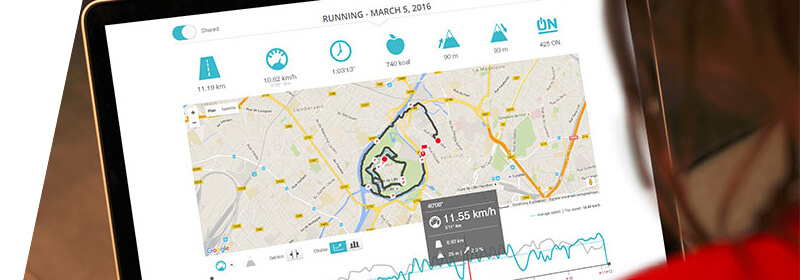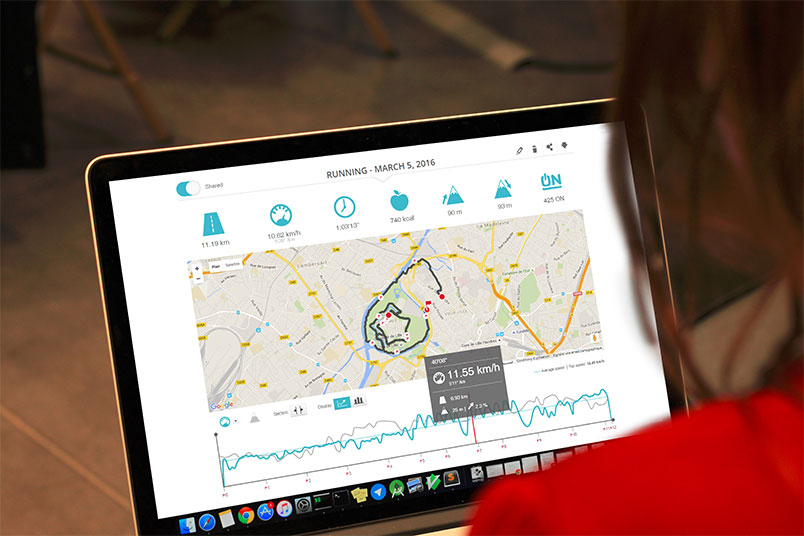Pilates: Why it works
Developing your body in a balanced way, correcting poor posture, improving your physical vitality and stimulating your mind are all part of this fitness system. But that's not all! To convince you once and for all to try Pilates, Domyos has a run-down of all the benefits of this sport.
WHAT IS PILATES?
Pilates is a fitness system to strengthen the deep muscles that control posture. Deep muscles are the core muscles located between your ribs and hips and around the spinal column (abs, pelvis and back). They are the centre of your body's energy and help you maintain strength and stability. Pilates is also a discipline that helps to improve body awareness and better understand your strengths and limits to use them to your advantage.
WHAT ARE THE MAIN PRINCIPLES?
Developed in 1920 by Joseph Pilates in New York, Pilates is now popular around the world. It is good for both body and mind, and is based on six fundamental principles:
BREATHING
Breathing is very specific. It should be directed laterally into the rib cage for better use of the lungs (inhale through the nose, exhale through the mouth).
CONCENTRATION
You must focus on each movement and its execution to get the most out of each exercise.
CENTRING
All movements should start from your body's energy centre, the abdomen.
CONTROL
You need to control each movement by linking the breath and the mind. You must be fully aware of your body to control each posture and movement and to feel it deeply.
FLOW
The movements should be graceful and create flow and balance through the exercises.
PRECISION
Each movement should be done precisely, with the goal being quality, not quantity. Movements should be carefully executed to see a real influence on your body.
WHAT ARE THE BENEFITS OF PILATES?
"After 10 sessions, you'll feel a difference. After 20 sessions, you'll see the difference. And after 30 sessions, you'll have a brand new body!" Such is the promise of Joseph Pilates, whose method offers a number of benefits.
· Improved posture and stronger core muscles: no more lower back pain, a firmer stomach, a stronger and more flexible body.
· Improved and more controlled sports movements.
· More flexible superficial muscles, eg, hamstrings, psoas, hip flexors etc.
· Improved range of motion, strength, endurance and power.
· Massage of the internal organs.
· Increased blood flow
· Reduced risk of injury and muscle imbalances
· More balanced muscle development
WHO CAN DO PILATES?
Anyone can do Pilates. While the exercises are challenging, they are also low-impact. Whether you're male or female, an athlete or not, elderly, injured or recovering, stressed, tired, stiff, pregnant or a new mum, you can do Pilates because it is a progressive method (if you have any doubts, be sure to speak to your doctor). The exercises can be adapted to your individual level, needs and any specific issues you may have.
HOW OFTEN SHOULD I PRACTISE PILATES TO SEE RESULTS?
Pilates is a gentle sport you can do as often as you like. As with any physical activity, you should practise every week all year long to see results. Our advice is to do two to three Pilates sessionsevery week depending on your age and goals.
I hope I gave you all the information you need to practice with pleasure :) See you soon on your Mat ! :)

